Dive Details
Location
Date
Monday 30 November 2015
Time
11:30am - 1:02pm
Details
The water around Bare Island was quite calm and it looked clear. We got in on the northern side of the island just to the west of the ramp. We surface swam for a bit and then descended to the sand. The visibility was not all that good at only around 5 metres. It was also cold and I was in my wetsuit.
We swam past the outboard motor, up over the ledge and around in front of the boulders to the top of the slope. I had a look for the two pygmy pipehorses I'd seen at the top of the slope but could not find them.
We headed down the slope. I checked out the third rock with the pink sea tulips for the 2 pygmies we've seen there but could not find either of them.
Further down the slope we stopped at the rock above Pygmy Rock. I found the male pygmy pipehorse (IL2015073104) immediately and it didn't take me long to find the female (IL2015101402).
We continued down the slope spotting some interesting nudibranchs along the way. I got to the 2 white pygmy pipehorses first and initially couldn't find either. I then spotted the male (IL2015081403) in the gap between the rocks and the female (IL2015081402) on the original rock.
Kim caught up with me but I left her there while I went to the corner to see the other male pygmy (IL2015102601) who was in his usual spot.
I swam back to find Kim still at the white pygmies photographing a tiny nudibranch. We headed back up the slope. At the rock above pygmy rock I found a tiny juvenile near the other two pygmies.
Kim continued up the slope while I check out the third pink sea tulip rock again but still could not find the pygmies there. I swam to the top of the slope and followed the boulders to the outboard motor, doing my safety stop along the way. Just past the outboard motor I spotted a shovel-nose ray mostly buried on the sand. Only its eye and the tip of its snout were exposed. I don't remember seeing a shovel-nose ray before but I assume I must have.
I finished my safety stop and exited where I got in.
Buddy
Kim Dinh
Seas
Slight
Visibility
3 to 5 metres
Duration
91 minutes
Maximum depth
14.4 m
Average depth
10.7 m
Water temperature
17.1°C
Dive Profile from Citizen Hyper Aqualand

Tides at Botany Bay AEDT
Note that tides at dive site may vary from above location.
High
12:16am
1.33m
Low
5:52am
0.55m
High
12:16pm
1.74m
Low
7:02pm
0.37m
Camera gear
Camera
Nikon D7000
Lens
Nikon AF Micro-Nikkor 60mm f/2.8D
Housing
Ikelite 6801.70
Lens port
Ikelite Flat Port 5502.41
Strobe
2 x Ikelite SubStrobe DS161
Photographs
Depth information, where present, indicates the depth of the camera when the photograph was taken and can be used to approximate the depth of the subject.
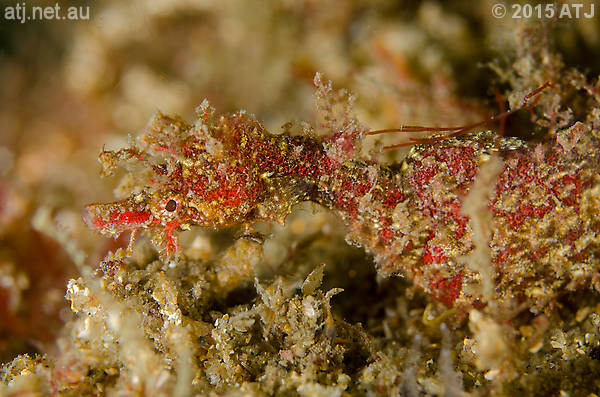
Male Sydney pygmy pipehorse, Idiotropiscis lumnitzeri, (IL2015073104). 11.4 m.
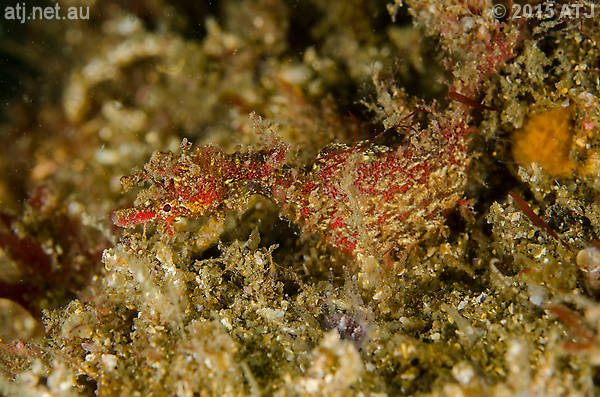
Male Sydney pygmy pipehorse, Idiotropiscis lumnitzeri, (IL2015073104). 11.4 m.
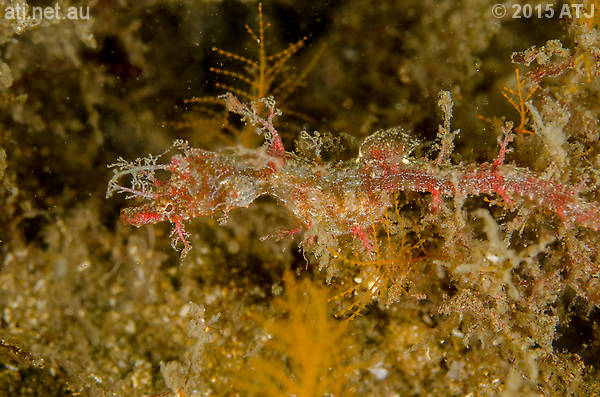
Female Sydney pygmy pipehorse, Idiotropiscis lumnitzeri, (IL2015101402). 11.1 m.
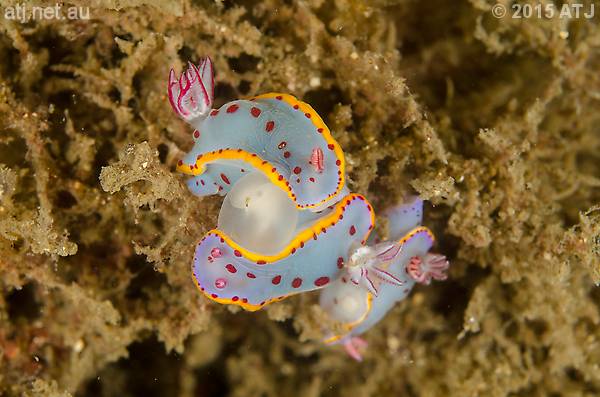
Mating nudibranchs, Hypselodoris bennetti. 11.7 m.

Nudibranch, Dendrodoris krusensternii. 11.6 m.
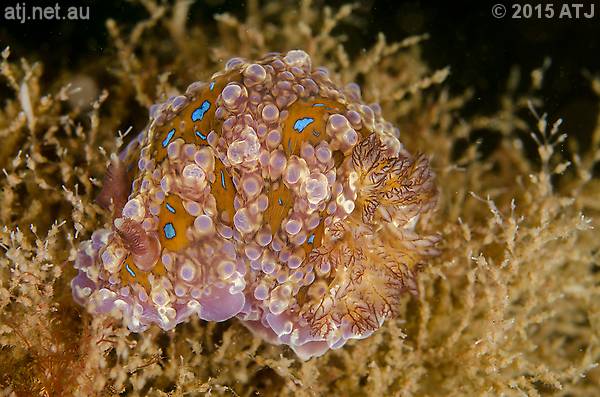
Nudibranch, Dendrodoris krusensternii. 11.9 m.

Nudibranch, Dendrodoris krusensternii. 11.8 m.
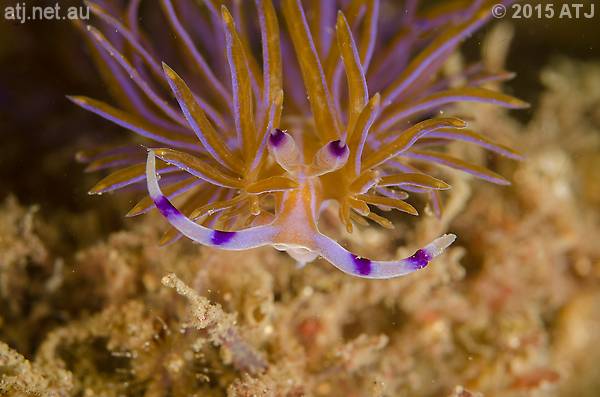
Nudibranch, Pteraeolidia ianthina. 12 m.

Male Sydney pygmy pipehorse, Idiotropiscis lumnitzeri, (IL2015081403). 13.5 m.
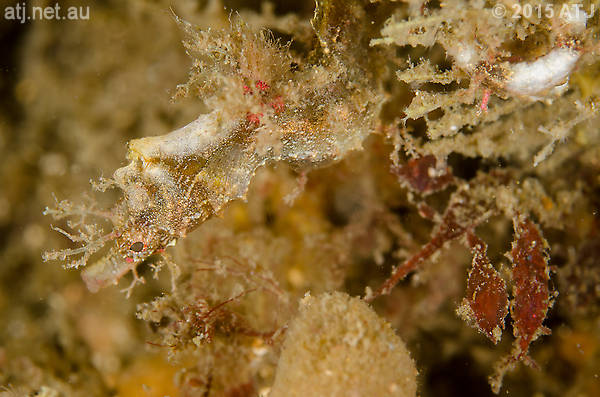
Female Sydney pygmy pipehorse, Idiotropiscis lumnitzeri, (IL2015081402). 13.4 m.

Male Sydney pygmy pipehorse, Idiotropiscis lumnitzeri, (IL2015102601). 14 m.

Nudibranch, Hypselodoris obscura, with copepod parasite. 13.9 m.

Juvenile Sydney pygmy pipehorse, Idiotropiscis lumnitzeri, (IL2015113001). 11.3 m.
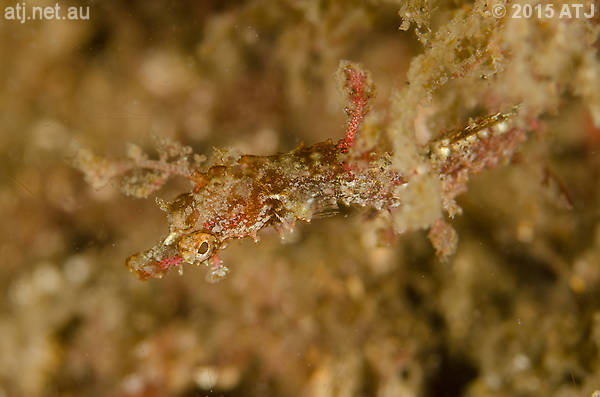
Juvenile Sydney pygmy pipehorse, Idiotropiscis lumnitzeri, (IL2015113001). 11.3 m.
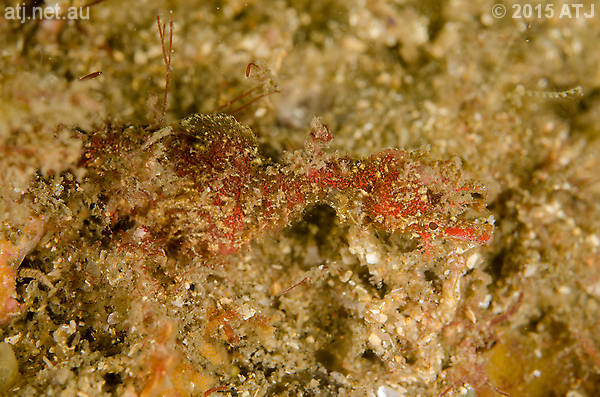
Male Sydney pygmy pipehorse, Idiotropiscis lumnitzeri, (IL2015073104). 11.4 m.
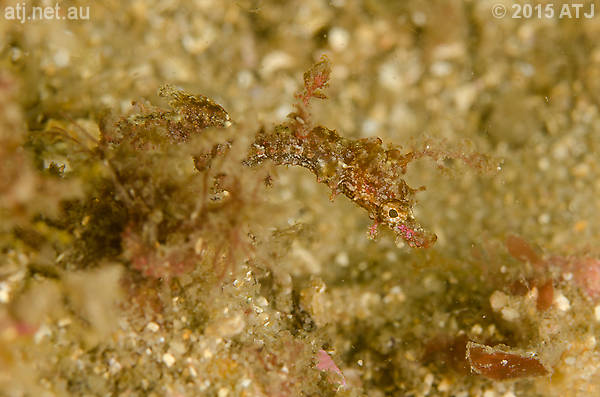
Juvenile Sydney pygmy pipehorse, Idiotropiscis lumnitzeri, (IL2015113001). 11.2 m.

Female Sydney pygmy pipehorse, Idiotropiscis lumnitzeri, (IL2015101402). 11.2 m.
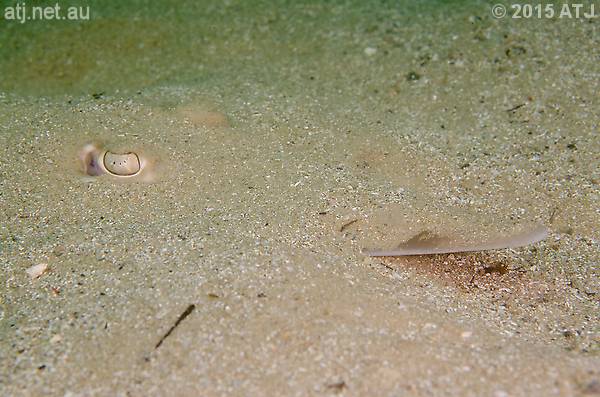
Shovel-nose ray, Aptychotrema sp. 5.2 m.
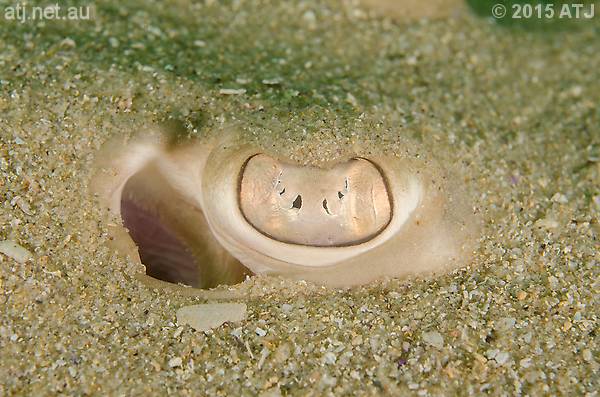
Eye of a shovel-nose ray, Aptychotrema. sp. 5.4 m.